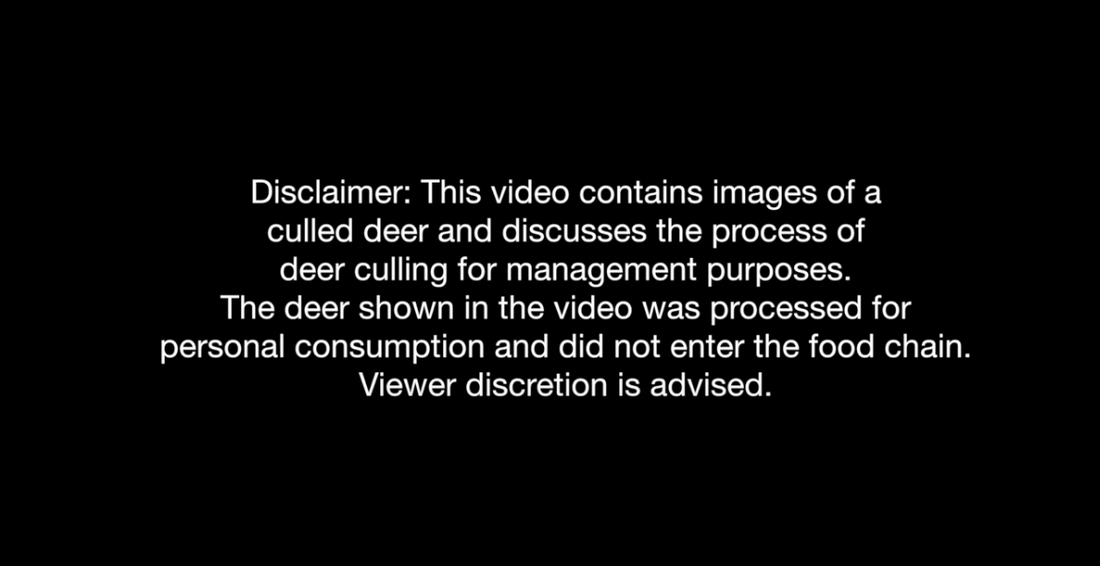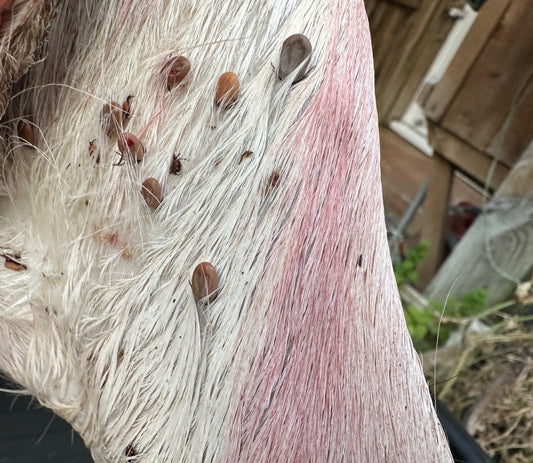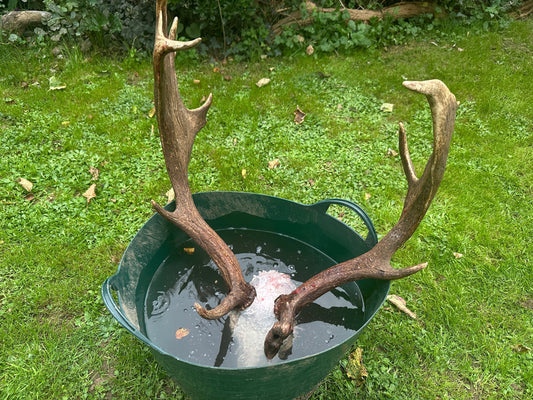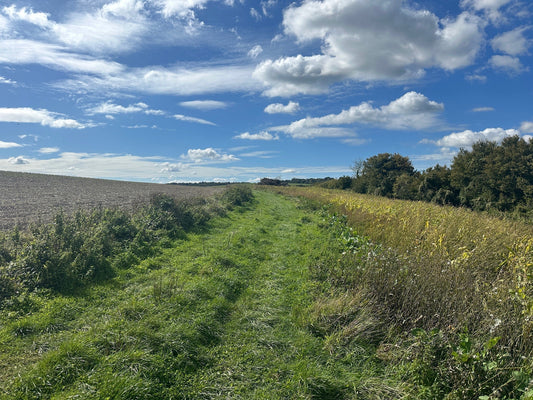Disclaimer: This article contains references to a video depicting a culled deer and discusses the process of deer culling for management purposes. The deer shown in the video was processed for personal consumption and did not enter the food chain. Viewer discretion is advised.
In the practice of neck shooting deer, especially for species like the roe deer, the precision of shot placement is paramount. This method hinges on a deep understanding of the deer's anatomy, particularly the neck region, to ensure a humane and effective kill. Here, we delve into the specifics of deer neck anatomy and the criticality of precise shot placement.
Anatomy of the Deer's Neck
The neck of a deer, though a small target area, contains several vital structures that, if accurately targeted, can result in immediate incapacitation. Key anatomical features in the neck include:
Spinal Cord: Running through the centre of the neck, the spinal cord is part of the central nervous system and is responsible for transmitting signals between the brain and the rest of the body. A shot that effectively disrupts the spinal cord can lead to instant paralysis and loss of consciousness.
Vertebral Artery: This major artery runs along the spine and supplies blood to a significant part of the brain and spinal cord. A shot that damages the vertebral artery can cause rapid blood loss and a swift drop in blood pressure, leading to unconsciousness and death.
Windpipe and Oesophagus: Located at the front of the neck, these structures are crucial for breathing and swallowing. A shot that damages these can cause immediate respiratory failure, but it's not as instantaneously lethal as a shot to the spinal cord or vertebral artery.
Neck Muscles and Bones: The neck muscles and cervical vertebrae protect these vital structures. However, a high-velocity bullet can penetrate these protective layers to reach the critical areas.
Criticality of Precise Shot Placement
Given the compact and vital nature of the structures in the deer's neck, the margin for error in shot placement is minimal. The ideal shot placement is typically at the lower third of the neck, aiming to strike the spinal column or the major blood vessels. This area provides the best chance for a quick and humane kill.
Ethical Considerations: Ethical hunting and wildlife management prioritize the welfare of the animal. Precise shot placement in neck shooting is essential to ensure that the deer does not suffer.
Skill Level: Achieving such accuracy requires a high degree of skill and experience. Hunters and wildlife managers must be well trained and practiced in marksmanship to execute a neck shot effectively.
Equipment and Conditions: The choice of firearm and ammunition, as well as external conditions like distance, wind, and the deer’s position, play a significant role in the success of a neck shot. It's crucial to consider these factors to achieve the desired accuracy.
Challenges in Culling and Population Control
While neck shooting can be effective for individual deer, it presents challenges in broader culling operations aimed at population control. Achieving the required numbers in culling for management purposes may be more difficult with neck shooting, as it requires more time and precision for each shot compared to other methods. This trade-off between efficiency and carcass quality is a significant consideration for deer managers.
Pros of Neck Shooting
Reduced Carcass Damage: One of the primary advantages of neck shooting is the minimal damage to the carcass. This is especially important when the meat is intended for consumption, as it preserves the quality and quantity of the usable meat.
Instantaneous Effect: A well-placed neck shot can lead to immediate incapacitation of the deer, ensuring a quick and humane death. This is crucial in deer management to prevent suffering and distress to the animal.
Cons of Neck Shooting
Precision Required: Neck shooting demands a high level of accuracy. The shooter must have an in-depth understanding of the deer's anatomy and be skilled in marksmanship to ensure a successful and humane kill.
Risk of Wounding: If the shot is not accurately placed, there is a risk of wounding the deer without immediate incapacitation. This can lead to unnecessary suffering and can also make tracking and dispatching the wounded animal more challenging.
Neck shooting, while offering certain advantages in deer management, demands a comprehensive understanding of deer neck anatomy and masterful shot placement. The method requires precision to target the small, vital area effectively, ensuring a quick and humane dispatch of the deer. It is a technique that should be reserved for highly skilled and experienced individuals who can make a responsible and ethical decision in the field. As with all wildlife management practices, the welfare of the animal and respect for the ecosystem should always be at the forefront.




